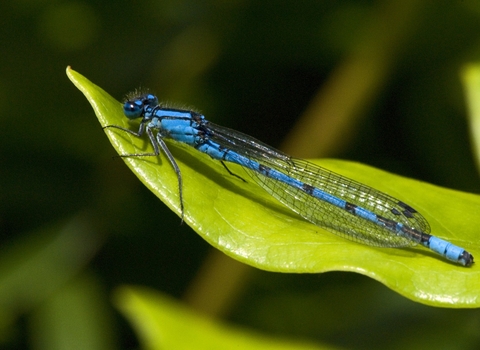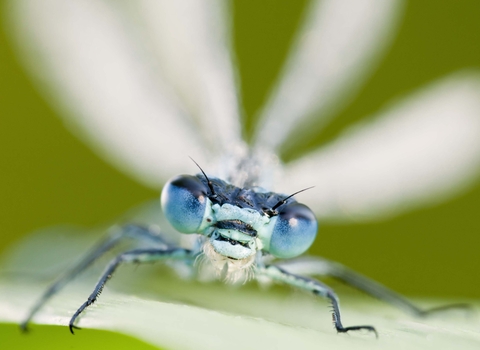
©Les Binns

©Ross Hoddinott/2020VISION
Common blue damselfly
Living up to its name the Common blue damselfly is both very common and very blue. It regularly visits gardens - try digging a wildlife-friendly pond to attract damselflies and dragonflies.
